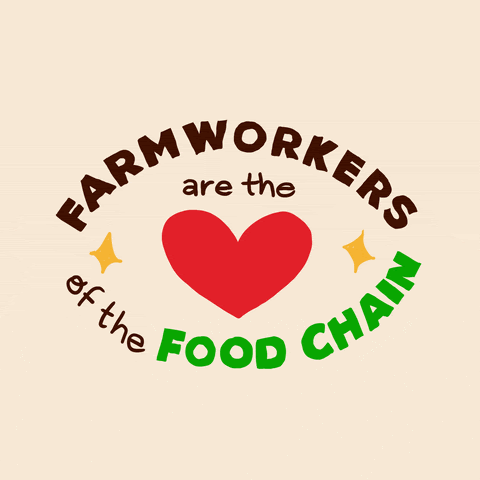Farm Labor Update
- Ruth Inman
- Aug 9, 2022
- 1 min read
Updated: Aug 24

Ag is long on work and short on labor, with over half of farmers saying they’ve faced labor shortages. Legislative needs and downstream impacts abound. Hired farmworkers make up over 1/3 of total hours worked on the farm. So, they’re a pretty big deal, second only to the principal operator. By the numbers:
7% decrease in hired workers
5% increase in farm labor wages
73% of the ag labor force is immigrants
The why: On-farm work has never been an easy row to hoe. But from high land prices and steep initial investment costs, to unpredictable weather and complex commodity markets, farmers have their work cut out for them. And there’s lots of it.
So, farmers are growing less labor intensive crops, leaning into tech, cutting back on expansion plans, and raising wages.
Not just a farmer prob: In one South Dakota town, the farmers co-op had to hire outside trucking firms after raising the hourly wage with no success. Transportation and grocery industries are seeing labor challenges, too—which could have further impacts on consumers.
Farm reform: 446 ag trade associations, agribusinesses, and co-ops just penned a letter to the U.S. Senate in hopes of pushing ag workforce reform.
One measure, the Farm Workforce Modernization Act, passed the House (again) in 2021. It would provide a pathway for ag workers to earn legal status and would reform the H-2A program—critical, because immigrants make up 73% of the ag labor force.






Comments